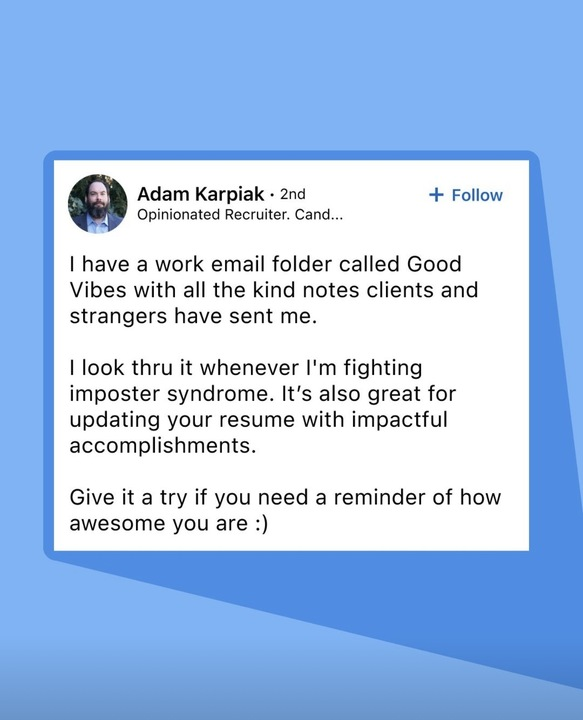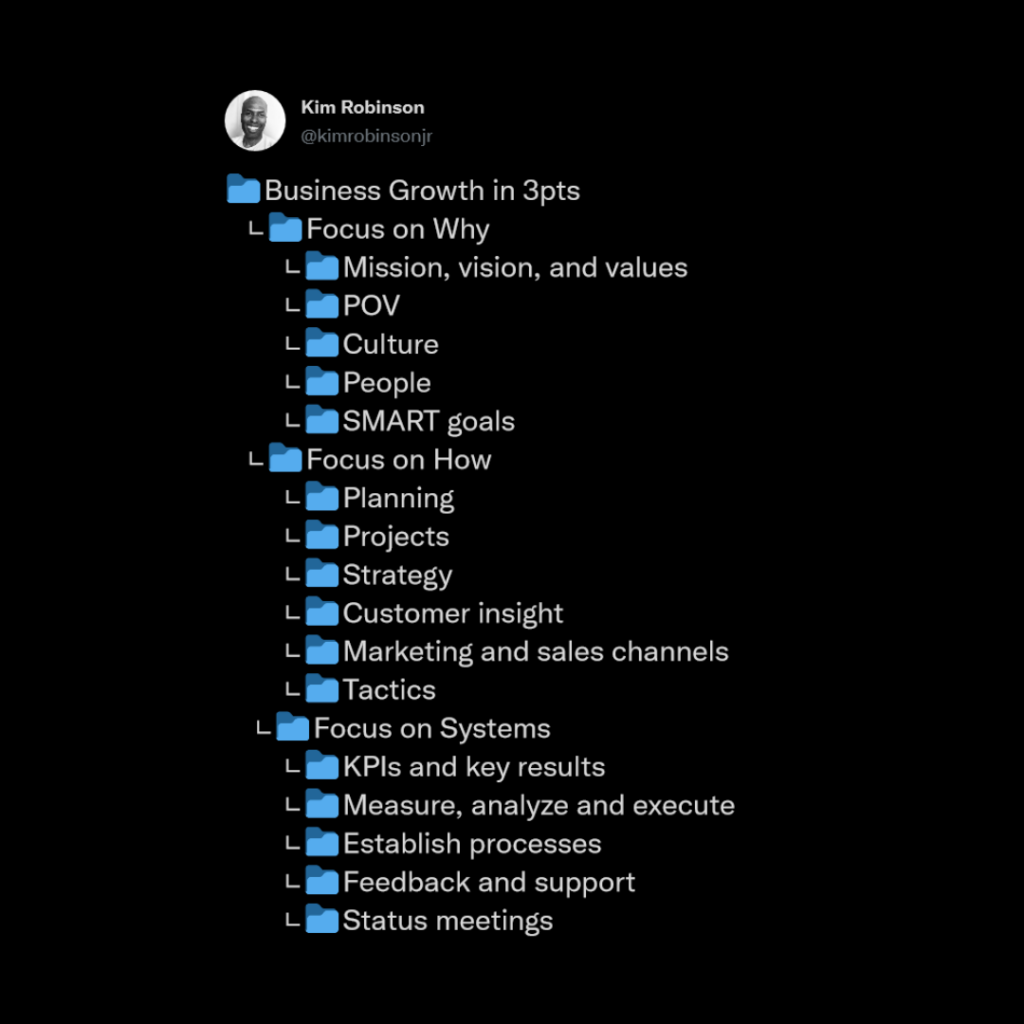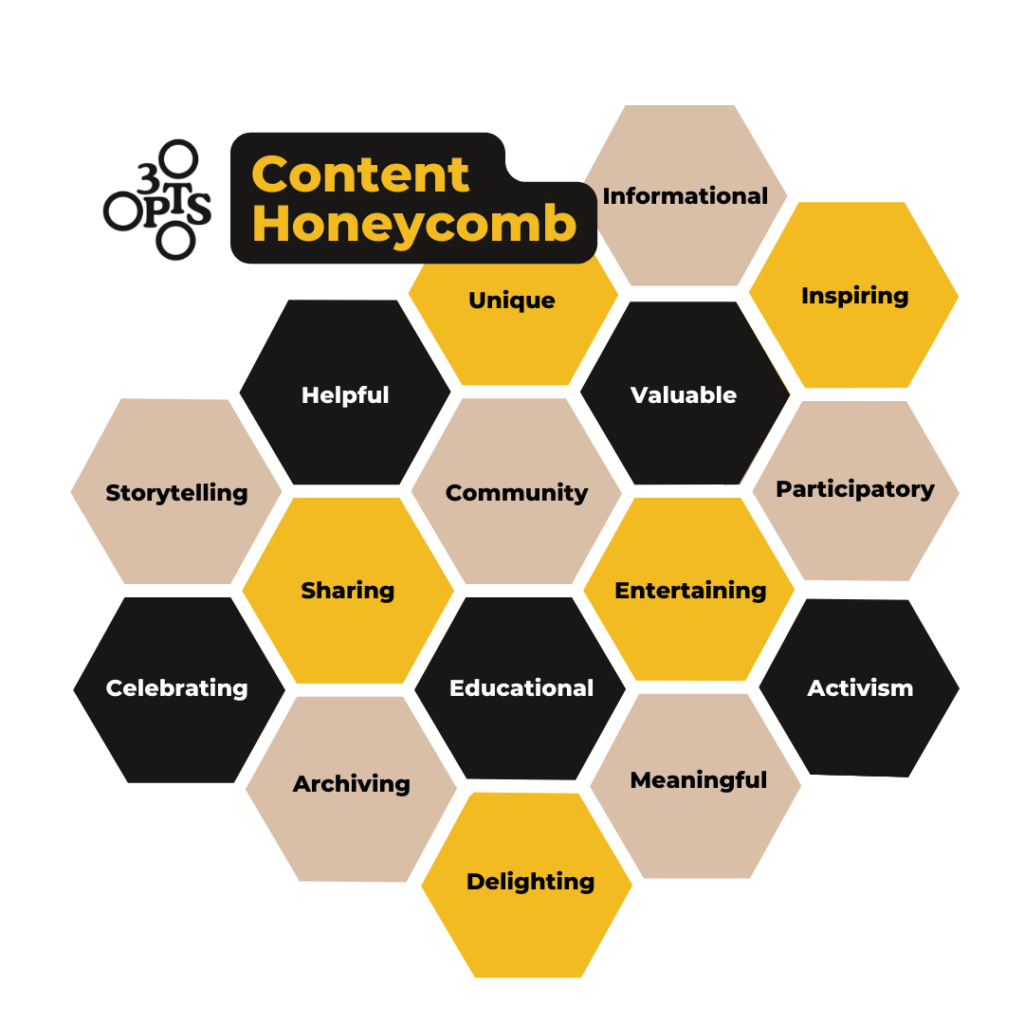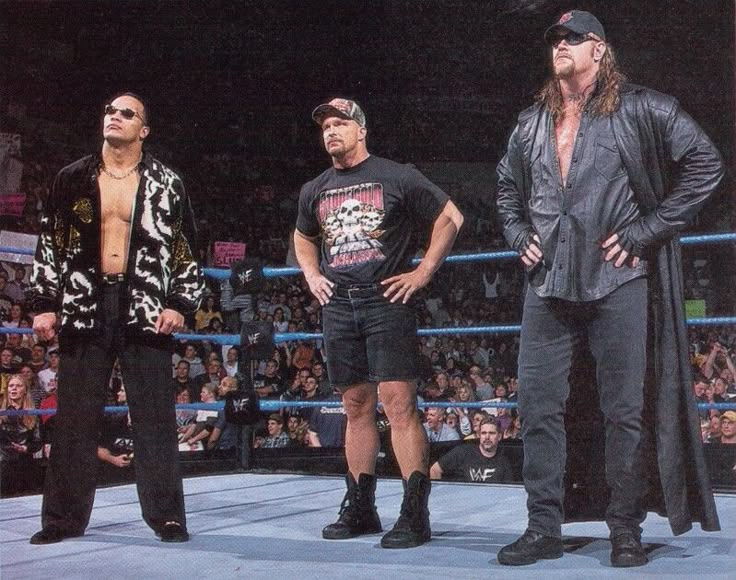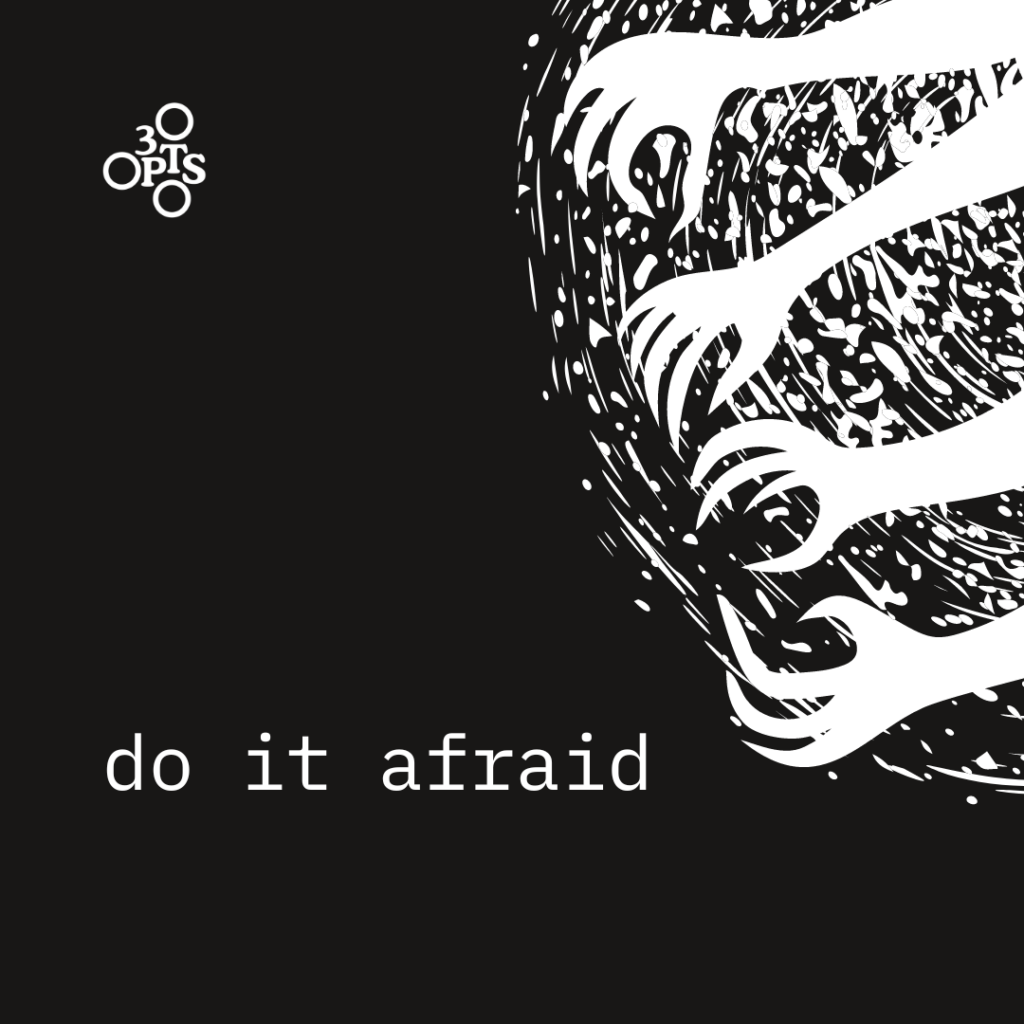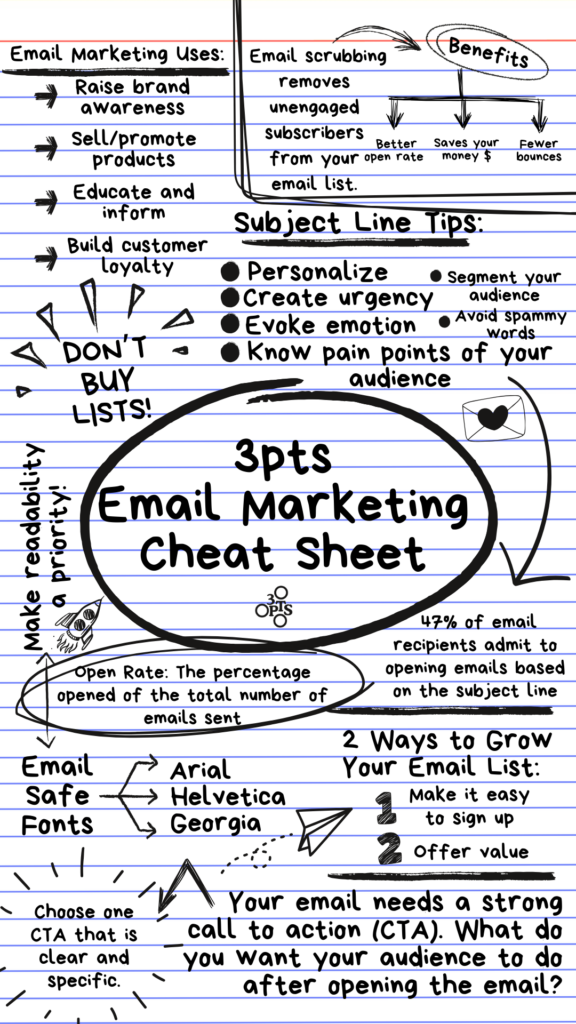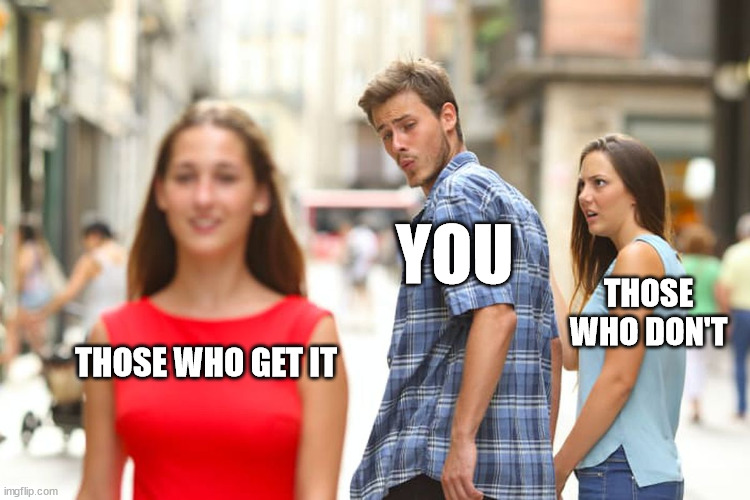Category: Business Development
The best content provides specific value to its intended audience. To create content that works, use the content honeycomb to start building an engaged audience that loves your content and ultimately converts.
I’ve been a pro wrestling fan for years, but my love for it has less to do with the scripted fights and more to do with the characters, the stories, and the marketing genius behind it all. Because at its core, wrestling is a masterclass in branding and marketing.
Pro wrestlers aren’t just athletes—they’re creatives. They build personas, craft narratives, and market themselves in a crowded, competitive space, all while trying to capture the attention (and dollars) of an audience. Sound familiar? If you’re a creative entrepreneur, you face the same challenge: standing out, building a brand people care about, and sustaining your business over the long haul.
The Gimmick is the Brand
In wrestling, a character’s persona is called a gimmick—a clear, consistent identity that tells the audience exactly who they are and what they stand for. Every great wrestler leans into their gimmick fully. The Undertaker, a towering figure dressed like a 1960’s mortician, moves like a reanimated corpse, speaks in slow, ominous tones (”Resssst Innnnnn Peeeeace”), and finishes his matches with a move called “The Tombstone Piledriver.” His entire presentation reinforces his brand.
The same goes for you. Your brand is your persona—the sum of your mission, vision, values, and the way you communicate your work. If you’re unclear on your brand, people won’t know what to make of you. And in a world where attention is the most valuable currency, being forgettable is the worst thing that can happen.
Heroes, Villains & The Power of Storytelling
Wrestling works because it taps into a fundamental human need: storytelling. Every great match follows a simple but powerful narrative structure: the hero (babyface) vs. the villain (heel). The babyface fights fair, represents values the audience admires, and overcomes challenges. The heel, on the other hand, cheats, mocks the fans, and does everything in their power to win by any means necessary. The contrast between them creates emotional investment—the audience cares about what happens next.
Your brand needs that same emotional connection. If people don’t feel something when they encounter your work, they won’t remember it. Your business doesn’t need to have a literal hero or villain, but it should have a clear mission and point of view. What do you stand for and against? What greater value do you provide?
Marketing Like a Wrestler
A wrestler’s marketing doesn’t stop when they step out of the ring—it extends to their promos (interviews), entrance music, outfit, facial reactions, and even how they interact with fans. Everything they do feeds into their larger story.
This is where most creatives drop the ball. You might make great work, but if the way you talk about it, share it, and present it doesn’t reinforce your brand, you’re missing opportunities. Your marketing—whether it’s social media, newsletters, events, or collaborations—should be a natural extension of your identity. When it’s natural it’s authentic. And authenticity is what wins.
Dwayne “The Rock” Johnson didn’t become a movie star because he was the best wrestler. He became a superstar because he knew how to craft a compelling character, market himself relentlessly, and build deep connections with audiences.
Find Your Gimmick, Tell Your Story
Branding isn’t about inventing something out of thin air—it’s about amplifying what’s already there. Wrestlers take something true about themselves and turn it up to 100. Your job is the same.
What do you want people to remember about you? What’s the story you’re telling? What are the stakes and how can people participate? And how can every part of your creative business reinforce your brand?
Because whether you’re in the ring, studio or in business, success isn’t just about talent—it’s about making people care.
In My Rules, our 3pts editorial series, founders share the guiding principles that shape how they run their businesses and navigate creative entrepreneurship.
This edition features Rachel Budde, founder of Fat and the Moon, who offers her Rules for the Unruly—a personal philosophy for embracing both life and business with curiosity, creativity, and intention.
For Rachel, rules aren’t rigid—they’re a framework for making space, finding flow, and appreciating the chaos that comes with building something meaningful. These ten rules help her stay grounded while remaining open to the unexpected.
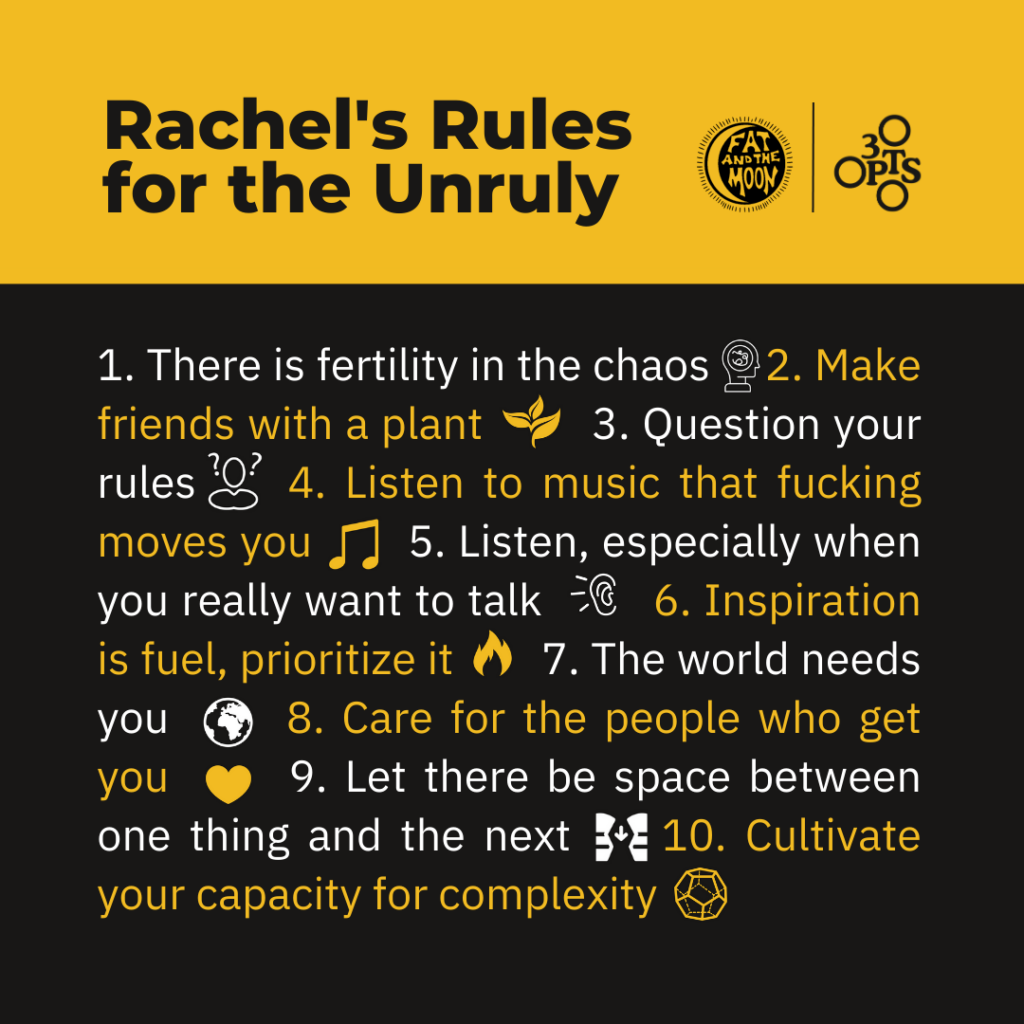
A reminder that running a business—and a life—doesn’t require perfection. It requires presence.
Fear isn’t a sign to stop—it’s a sign to move.
The truth is, you’re never going to feel 100% ready. The timing will never be perfect. The confidence won’t magically appear before you take action. Growth happens when you push through the discomfort and do it afraid.
I’m doing this afraid. Showing up, putting myself out there, making videos, writing, meeting new people—it’s not always comfortable. But I want to help others, grow my business, and strengthen my creative practice. And the only way to do that is to step forward, even when fear is in the room.
Whatever it is you want to do—launch that project, send that email, take that risk—do it afraid. Fear doesn’t disappear before you start; it fades because you did.
From Sent to Sold: Email Marketing That Works
When we think about networking, we often imagine reaching up—connecting with industry giants, hoping they’ll open doors for us. But in reality, the best opportunities don’t come from chasing the people at the top; they come from building with the people next to you.
Issa Rae, the creator of Insecure and Awkward Black Girl, attributes much of her success to this approach. Instead of trying to get the attention of Hollywood heavyweights like Tyler Perry or Ava DuVernay, she looked to her peers—friends, co-workers, and collaborators who were just as hungry as she was. Together, they figured it out. They pooled their skills, resources, and creativity to bring projects to life, long before any major industry players took notice.
Your next opportunity isn’t waiting in the inbox of someone you admire—it’s right next to you, in the creative community you already have. Who do you know that’s just as driven? Who can you collaborate with to make something happen now?
And if you’re looking for a space to connect with like-minded creatives, 3pts Co-op is built for exactly that. Inside, you’ll find a network of artists, makers, and experts who are in the trenches with you—sharing knowledge, pooling resources, and helping each other grow. Because success isn’t about waiting for permission; it’s about building together. Come be part of it. 🚀 Learn more here.
There’s nothing better than working with people who truly value your work—and nothing more frustrating than dealing with those who don’t. The truth? You’re not for everyone, and that’s a good thing.
When you embrace what makes your work unique, you attract the right people—the ones who appreciate your craft, respect your pricing, and spread the word to others like them. That’s how you build a sustainable, thriving business.
So, let’s stop chasing the wrong audience and focus on the people who get it. Your time, energy, and livelihood are too important to waste.
To help, we’ve created a simple exercise to clarify and prioritize your ideal customer. Take a few minutes to fill it out—you might be surprised by what you discover.
Fill in the blanks and refine your focus:
- My work/product is for people who believe ______.
- My work/product is not for people who believe ______.
- Others who do what I do focus on ____, but my approach is different because _____.
- I want to serve people who appreciate _______.
- Those who misunderstand my work/product think _______.
- Those who value my work do so because ________.
- I want my customers to feel _______.
- My favorite customer to serve has been _______ because _______.
- I don’t want to serve people who don’t care about _____.
- I’ve found my best customers ________.
Have fun with it—and most importantly, use it to guide where you put your energy. The right people are out there. Make it easy for them to find you.
Selling your work can feel like stepping into a minefield of self-doubt. What if they think I’m pushy? What if they ignore me? What if they gasp—get mad? These thoughts creep in and keep you from putting yourself out there. But here’s the thing: you’re allowed to sell your work. In fact, you have to.
During a recent Grow With The Pros session for 3pts Co-op, sales expert Rob Miller dropped a truth bomb: Take your f* it pills. Seriously. With over a decade of experience in sales, Rob reminded us that overthinking how someone might react is what holds so many creatives back. The reality? You won’t win everyone over, and that’s okay. People’s responses aren’t personal—they’re shaped by timing, interest, and circumstances beyond your control.
Yes, your work is personal. But selling is just part of the process. Detach from the fear, embrace the fact that you’re running a business, and remind yourself: if you don’t put yourself out there, no one else will. So take your f*** it pills, press send, and keep moving. You’ve got this.
